Eclipse Challenge - GLOBE Observer
GLOBE Eclipse Challenge: Clouds and Our Solar-Powered Earth
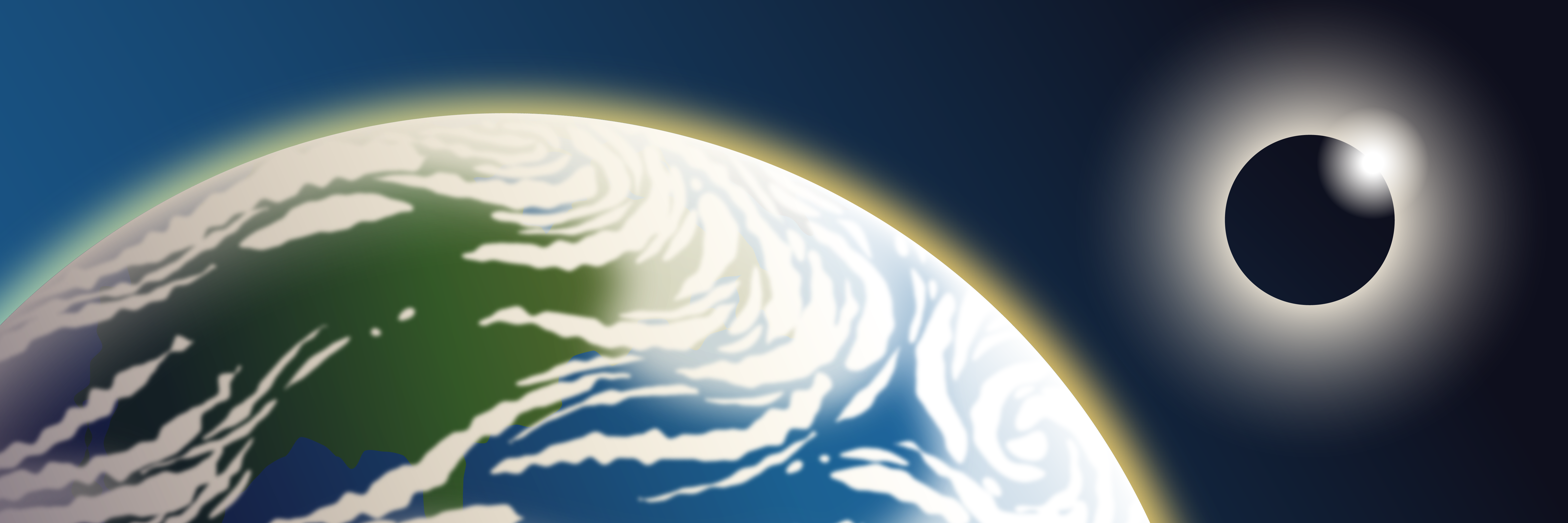
15 March to 15 April 2024
Short link to this page: https://observer.globe.gov/eclipse-challenge
The GLOBE Eclipse Challenge has concluded. Download a customizable certificate of participation (PDF) to print or share on social media.
| Certificate in English | Certificado en español |
|---|---|
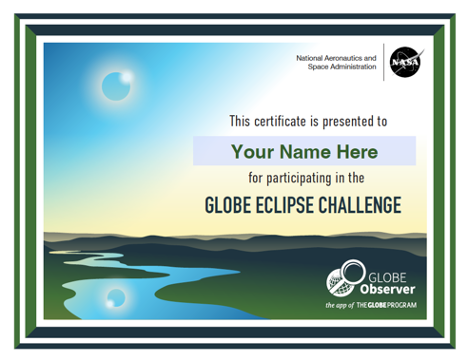 |
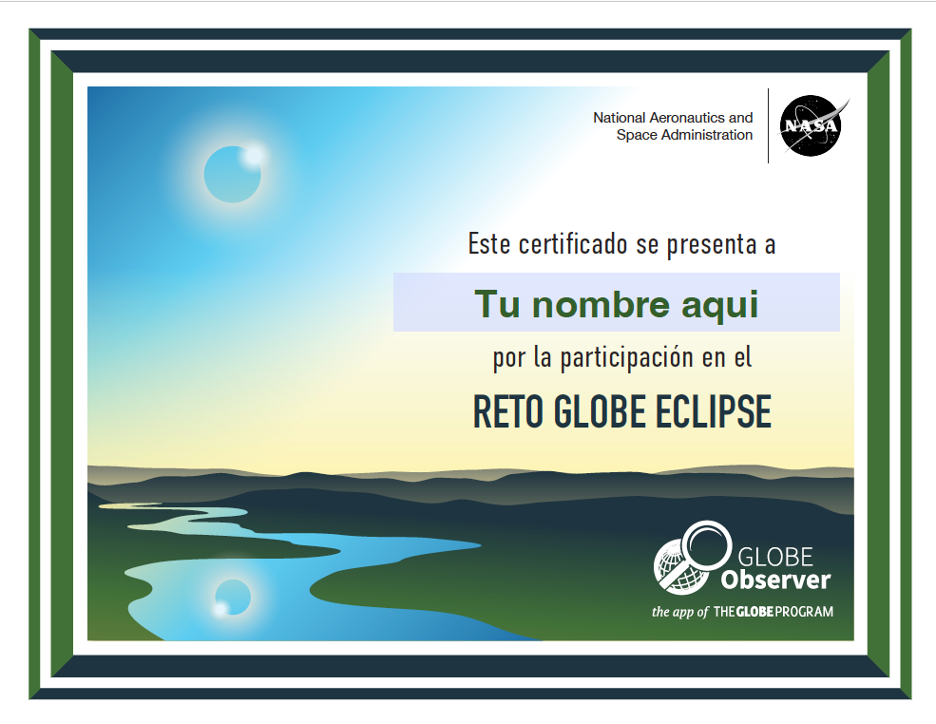 |
The Sun drives many processes in Earth’s atmosphere. As the Sun rises and sets, it warms the Earth’s surface at different intensities. These changes in heat lead to changes in the clouds, especially the types of clouds. To study these changes, we need observations at different times over the course of hours, days, weeks, months, and years from around the globe. One instance of rapid change is the upcoming total solar eclipse on 8 April. This natural experiment is a great opportunity for those experiencing the eclipse to study how rapidly changing solar energy influences clouds.

Researchers study which types of clouds are in our sky and how they are changing to better predict weather and climate. Lower, thicker cumulus clouds tend to have a cooling effect on the Earth because they block the Sun’s radiation from reaching the surface. Higher, thinner cirrus clouds warm the planet by trapping outgoing infrared radiation (heat) from the surface. It can be tricky to capture the extent of these interactions with satellites alone, which is why we need observations from your perspective on the ground as part of the GLOBE Eclipse Challenge: Clouds and Our Solar-Powered Earth.
The challenge runs 15 March - 15 April 2024 to align with the NASA GLOBE Clouds: Spring Cloud Observations Data Challenge which occurred 15 March - 15 April 2018. In the 2018 challenge, volunteers submitted more than 55,600 cloud observations! The 2024 GLOBE Eclipse Challenge builds the long-term record of cloud observations to help scientists study change over time and allows a comparison to the previous challenge data.
How to Participate:
Start by downloading GLOBE Observer, the app of The GLOBE Program. Then, take observations as described below.
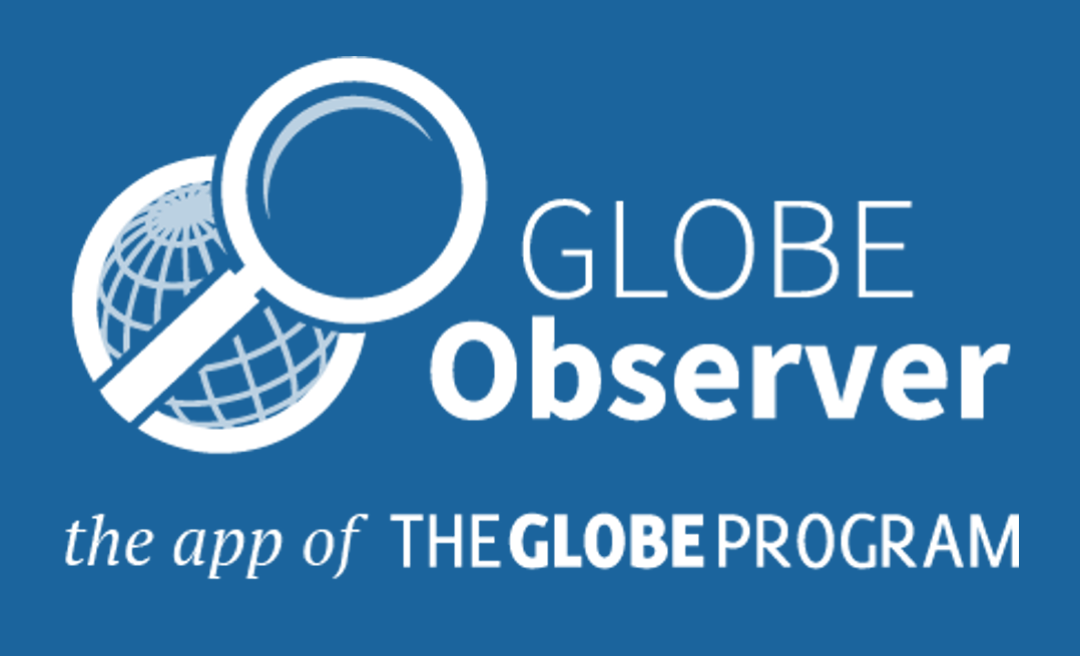
GLOBE Clouds Observations
Observe and report cloud cover and types of clouds at different times during daylight hours. Learn how to use the GLOBE Clouds tool in the video below. You can also check out the Taking Observations page.
GLOBE Eclipse Observations
If you are in an area that will experience the solar eclipse on 08 April 2024, take multiple observations of the sky before and after maximum eclipse. If you are able, you can also use a simple thermometer and report air temperature on eclipse day. Learn more in the video below and on the GLOBE Eclipse page.
About the Science:
Join us on 21 March 2024 at 8:00 pm EDT for a GLOBE Observer Connect session focused on eclipses and cloud processes
Patrick Taylor, an atmospheric scientist at NASA Langley Research Center, discusses how he studies clouds to look at our changing climate and analyzes data from Low Earth Orbit satellites.
The Prediction of Worldwide Energy Resources (POWER) Project provides solar and meteorological data sets from NASA research for support of renewable energy, building energy efficiency and agricultural needs. This project is supported by NASA Earth Science's Applied Sciences Program. Learn more on the POWER website.

Safety:
In this NASA eClips video from the New York School for the Deaf, students provide tips to safely make observations when viewing the clouds.
Learn More:
Have you ever wondered how clouds, the weather, and climate affect others around the world? What is happening, and how is it the same and how is it changing over time? In this special international, and inter-generational video, you can hear perspectives answering those questions. Plus, meet Xavier (South Africa), Hala (Saudi Arabia), Andrei (The Philippines), Hannah (Malta), Lakshmi (India), Christine (United States), Maia (Argentina), Carlos (United States), and Sisanda (South Africa) as they ask their mentors, friends, and family members these questions.
One Million Acts of Science For Citizen Science Month: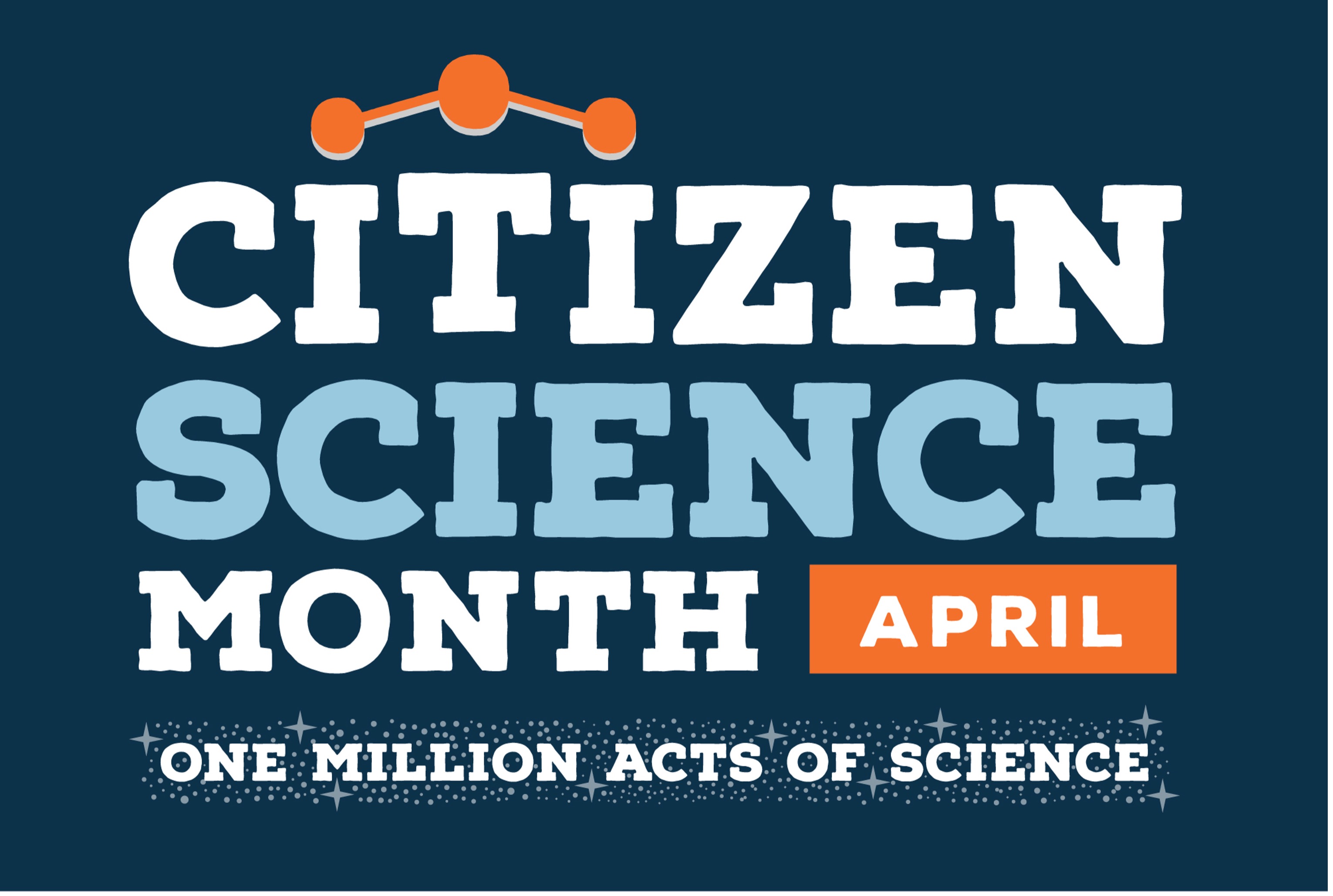
Half of the challenge falls during April, which is Citizen Science Month! You can be part of One Million Acts of Science during Citizen Science Month, which incorporates hundreds of events and thousands of people collectively logging one million acts of science in just one month!
Resources:
This printable photo chart illustrates each cloud type, and lists the basic components of a clouds observation.
Gráfico para la identificación de nubes (español)
Carte d’Identification de Nuages (française)
For accessible and screen-readable information, use the Observing Cloud Type document
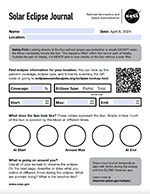
Use this journal page to record what you see during the solar eclipse, both how much of the Sun is covered by the Moon at different times, as well as observations of the environment around you (animal behavior, weather, etc.) during different periods of the eclipse. NOTE: It is never safe to look directly at the Sun without eye protection. The only safe way to look at the Sun is through special-purpose solar filters such as “eclipse glasses” or hand-held solar viewers.








